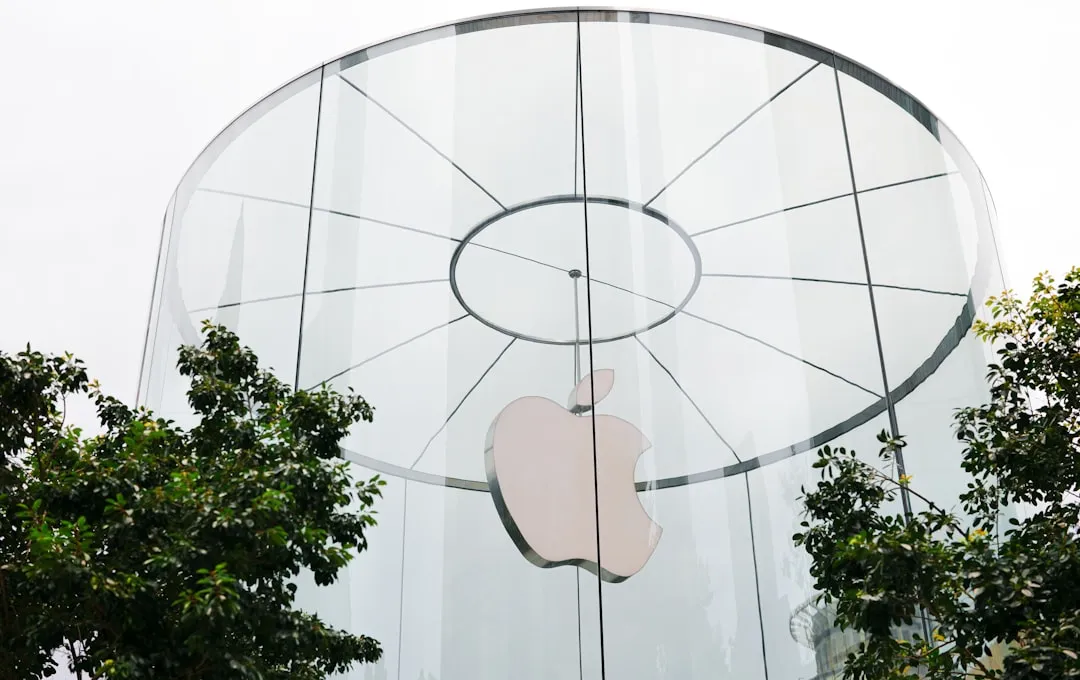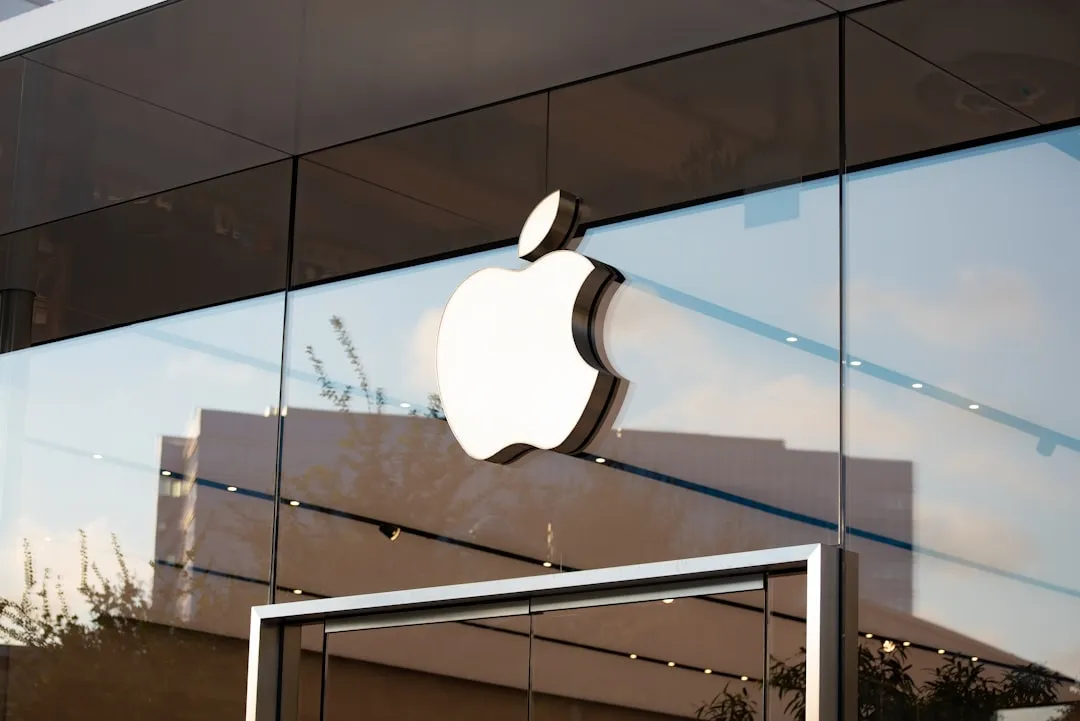Reviewed by Corey Noles
Apple's bold journey toward carbon neutrality by 2030 has been nothing short of impressive. Apple's Environmental Progress Report shows the company has reduced its emissions by over 55 percent since 2015, while more than 320 suppliers have committed to using renewable electricity for Apple production. But here's where things get interesting—and complicated. As Apple doubles down on AI features across its ecosystem, from custom emoji generation to advanced Siri capabilities, it's facing a new challenge that could potentially derail its green ambitions.
Why AI is Apple's biggest climate test yet
Let's break down the numbers, because they're pretty eye-opening. Research from Hugging Face and Carnegie Mellon found that creating a single AI-generated image could use as much electricity as charging a smartphone to 50 percent capacity. Meanwhile, a text generation model might use around 9 percent of a full smartphone charge for 1,000 inferences. With ChatGPT alone processing over 4 billion grams of CO2 daily—and Apple's user base dwarfing ChatGPT's reach—you can see how quickly the numbers spiral.
Here's what makes this particularly challenging for Apple's massive ecosystem: AI could consume more power than Bitcoin by the end of 2025, with power demand reaching 23GW. That's roughly equivalent to powering a country the size of the UK. For a company that's built its reputation on sleek, efficient devices, this energy appetite represents a fundamental shift in how we think about computing's environmental impact.
The real kicker? Apple isn't just dealing with individual power-hungry tasks—it's facing the multiplication effect. When millions of users start generating custom emoji during their morning coffee, asking Siri increasingly complex questions throughout the day, and using AI-powered photo editing features, those seemingly manageable energy costs per task suddenly become a potential emissions avalanche that could overwhelm years of careful progress.
Apple's on-device strategy: smart move or not enough?
Apple's approach to tackling AI's carbon footprint centers on what they do best: custom silicon. Apple custom-designs chips with a dedicated Neural Engine in iPhones, iPads, and Macs, optimized to run machine learning tasks at high speeds while drawing minimal power. This on-device processing strategy is genuinely clever—it reduces the need for power-hungry cloud servers that typically handle AI workloads.
But here's where it gets complicated. While Apple processes many AI tasks locally, some features still require cloud computing. Apple has been carbon neutral for its own operations for several years and powers all its corporate offices, retail stores, and data centers with 100% renewable electricity. They've even innovated in data center design, with reusable air filters reducing fan energy consumption by 35%.
What makes Apple's Neural Engine approach particularly promising is the efficiency advantage over traditional cloud processing. Instead of sending every AI request to energy-intensive data centers—where cooling systems alone consume about 40% of total energy—Apple's custom silicon handles many tasks right on your device. But as AI models grow more sophisticated, requiring larger datasets and more complex computations, even Apple's efficient Neural Engine faces limits on what it can handle locally without draining device batteries or compromising performance.
The recycling robot paradox
Here's something that perfectly captures Apple's sustainability complexity: their AI-powered recycling robot Daisy. This machine can disassemble 1.2 million devices annually, and Apple refurbished almost 8 million devices in 2018 with Daisy's help. It's a brilliant example of using AI to solve environmental problems—the robot recovers precious materials like 76 percent of cobalt and 53 percent of lithium that came from recycled sources in Apple products last year.
But here's the paradox: Daisy itself is an AI system that requires energy to operate. It represents the broader challenge Apple faces—using energy-intensive AI to create environmental solutions. Apple's suppliers avoided close to 24 million metric tons of greenhouse gas emissions last year through renewable energy and efficiency gains, showing that smart technology can indeed drive meaningful environmental progress.
This points to a crucial distinction in Apple's AI strategy: high-impact versus high-convenience applications. Daisy represents the former—an AI system that delivers massive environmental returns by recovering rare earth elements that would otherwise require environmentally destructive mining operations. Each ton of recycled cobalt or lithium that Daisy recovers prevents the ecological damage and emissions associated with new extraction. Compare that to generating custom emoji, which delivers user delight but limited environmental benefit.
What's particularly interesting about Daisy is how it demonstrates Apple's long-term thinking about the circular economy. The robot doesn't just disassemble phones; it recovers rare earth elements and precious metals that would otherwise require environmentally destructive mining operations. This kind of AI application actually multiplies its environmental benefits over time, creating a sustainable feedback loop where AI-powered recycling reduces the need for resource-intensive raw material extraction.
What this means for Apple's 2030 promise
Bottom line: Apple is walking a tightrope. The company still produced 15.3 million metric tons of CO2 emissions in 2024—roughly equivalent to 40 gas-fired power plants running for a year. Their goal is to slash carbon emissions by 75 percent compared to 2015 by 2030, with plans to eliminate 90 percent of pollution by 2050.
The challenge isn't just technical—it's about timing. As MIT Technology Review points out, carbon dioxide stays in the atmosphere for hundreds of years, and any new infrastructure built today could be running for decades. Apple's success will depend on whether they can scale their AI capabilities while simultaneously accelerating their transition to renewable energy and improving efficiency.
Apple faces several critical decision points over the next six years: prioritizing AI features that deliver genuine utility over flashy demos, investing aggressively in on-device processing capabilities to reduce cloud dependency, and potentially making tough choices about which AI applications align with their environmental commitments. The company will also need to accelerate supplier transitions to renewable energy—a complex challenge when demand for AI-capable chips is pushing semiconductor manufacturing to new levels of energy intensity.
The good news? Apple has shown they can innovate their way out of tough spots before. Nearly a quarter of materials shipped in Apple products now come from recycled sources, and their supply chain transformation has been genuinely impressive. If any company can thread the needle between AI advancement and climate responsibility, it's probably Apple. But the clock is ticking, and the stakes have never been higher.
What makes this moment particularly significant is that Apple's approach could set the template for how the entire tech industry handles AI's environmental impact. By demonstrating that sophisticated AI features can coexist with aggressive climate commitments—through smart architectural choices, strategic feature prioritization, and continued investment in renewable energy—Apple could prove that the AI revolution doesn't have to come at the planet's expense. The alternative—sacrificing environmental progress for AI advancement—risks undoing decades of sustainability work just as climate action becomes most critical.

























Comments
Be the first, drop a comment!